In memory of single screen
Noted photographer Bijoy Chowdhury's annual calendar is a tribute to a fading era of watching movies in single screen theatres. The award-winning lensman and documentary filmmaker's calendar is a collection of black and white images capturing the vignettes of Kolkata's iconic showhouses breathing their last.
For long, these single screen cinema halls have been the address of our city’s dreamers. Housefull boards hung in front announced the popularity of a film and enticed film-buffs to flock to the magical world of cinema.

Unfortunately, most of Kolkata’s single screens have downed their shutters now. Some have made way for glitzy shopping malls and apartments. Others stand as relics, waiting to be demolished soon. Only a few still honour the maxim that the show must go on.
Photographer Bijoy Chowdhury's annual calendar is a tribute to that era of watching movies in single screen theatres.
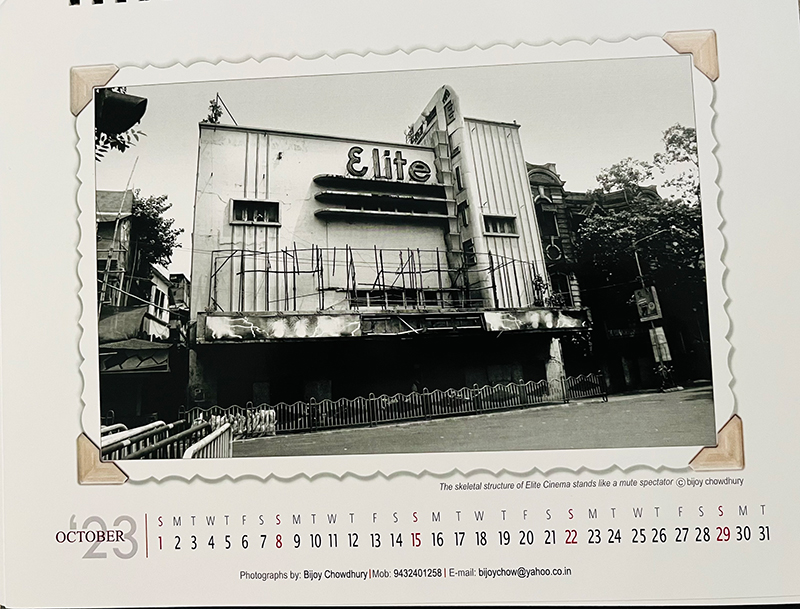
His collection of black and white images themed on fast vanishing showhouses and the excitement of binging on movies in single screen halls before the multiplex era is all about nostalgia.
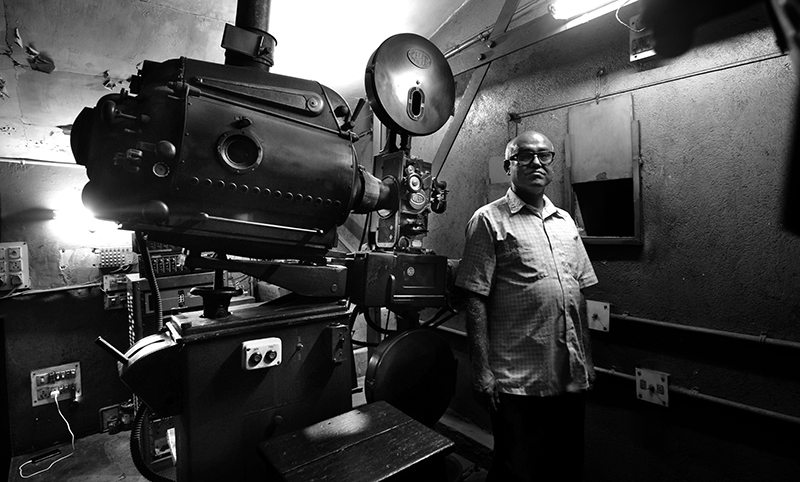
Noted filmmaker Kaushik Ganguly’s award-winning Bengali film Cinemawala (2016) is a tribute to the single screen theatres on the way to passing into oblivion.
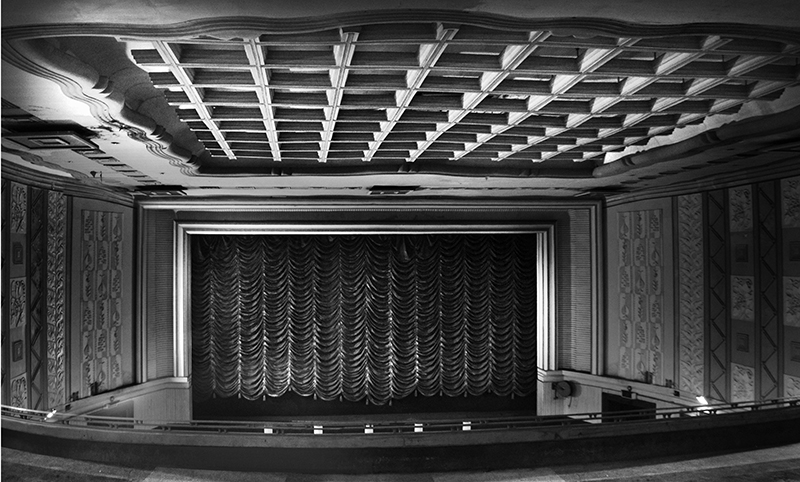
In an interview with a news agency, the director had said, “Cinemawala is my tribute to the bygone era of celluloid films. It is my farewell to the world of memories I have grown up with; films made on celluloid which have inspired me and generations of audience and single screen movie theatres where my dreams got their wings.”

According to a report by a financial newspaper recently, in India the number of single-screen theatres dropped from 8,500 in 2018-19 to 6,200 in 2022. One would not be surprised to see the number dwindling even more in the coming years.
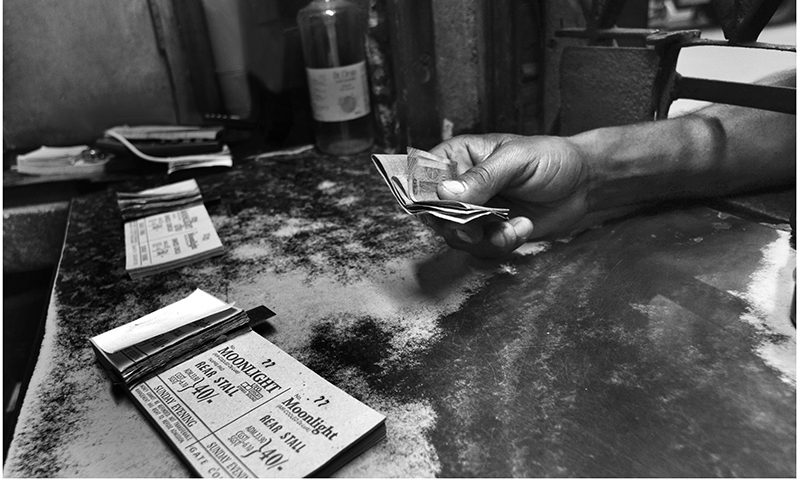
Since the first single-screen theatre was founded in Kolkata in 1907, theatre halls became a place where imagination took flight in a fantasy world in company with heroes and heroines, while everyday worry was put aside for the time being. In a post-independence India of the 1960s-80s, it was the only outlet for mass entertainment, leaving aside plays or cultural programmes, for people of the largest film producing country in the world.
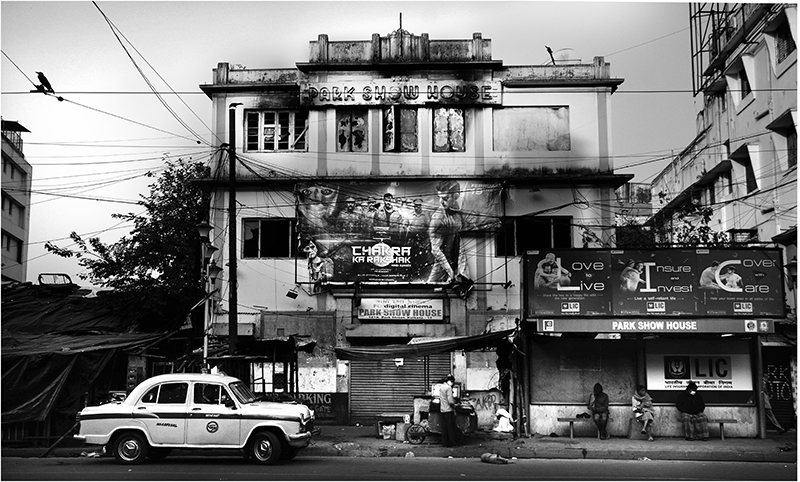
Television with multi-channels was yet to make an appearance. Enter multiplexes with multi- screens soon after and the death knell of single screen was rung.
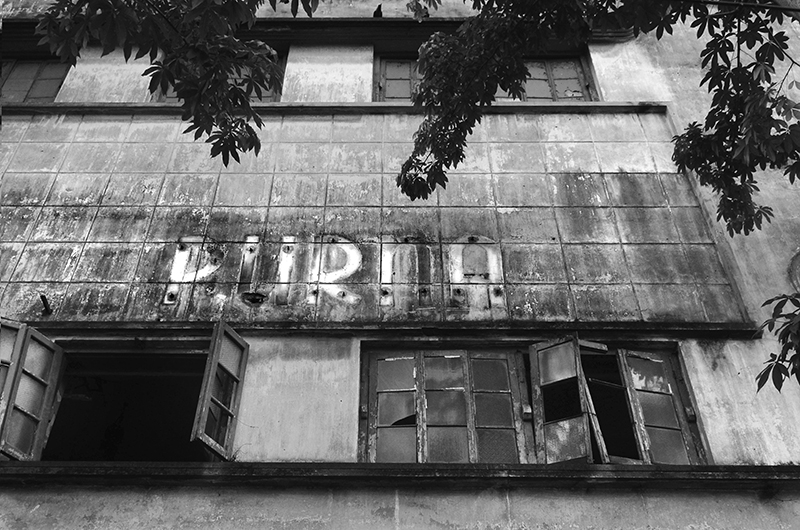
Says Chowdhury: "It is indeed the end of an era as we look at the slow demise of single screen halls. But nothing perhaps matches the old-world charm of single screens and the sheer passion of enthusiastic viewers cheering their lungs out at the sight of their hero’s entry on the big screen. The cinema halls situated in the hustle-bustle of streets in cities and towns also were/are reflection of the architectural milieu of the time."

"To pay a humble tribute to the era of single screens, I walked through the movie corridors of the city to freeze-frame images of some of our iconic show-houses. This calendar, I am hoping, will rekindle and archive the fond memories of our single screens," Chowdhury adds.
IBNS
Senior Staff Reporter at Northeast Herald, covering news from Tripura and Northeast India.
Related Articles

Shiny things by Jinia: A luxury evolution by visionary entrepreneur, healer
When passion meets purpose, luxury is born — and Shiny Things by Jinia is a living example of that belief.

What is called parasocial, the term Cambridge just named Word of 2025? Here's the real meaning
You may not have had the golden opportunity to get an autograph or click a selfie or even remotely know them but feel a strong connection with a celebrity. No, it's not a disorder but absolutely normal and it's called 'parasocial'.

Is this the future of Apple watch? Stunning 3D-printed Titanium cases revealed!
It started with a pie-in-the-sky idea: What if 3D printing — historically used to create prototypes — could be leveraged to produce millions of identical enclosures to Apple’s exact design standards, with high-quality recycled metal?

iPhone users in India rejoice! AppleCare+ option expanded
Tech major Apple has expanded AppleCare+ options for customers in India, including theft and loss for iPhone.
Latest News

Sundar Pichai hails immigrants’ 'phenomenal' impact on US tech amid heated H-1B debate

Tharoor honours Indira Gandhi’s ‘towering legacy’ on her birth anniversary, shares personal bond

Swedish royals visit Ottawa as nations sign strategic partnership deal

